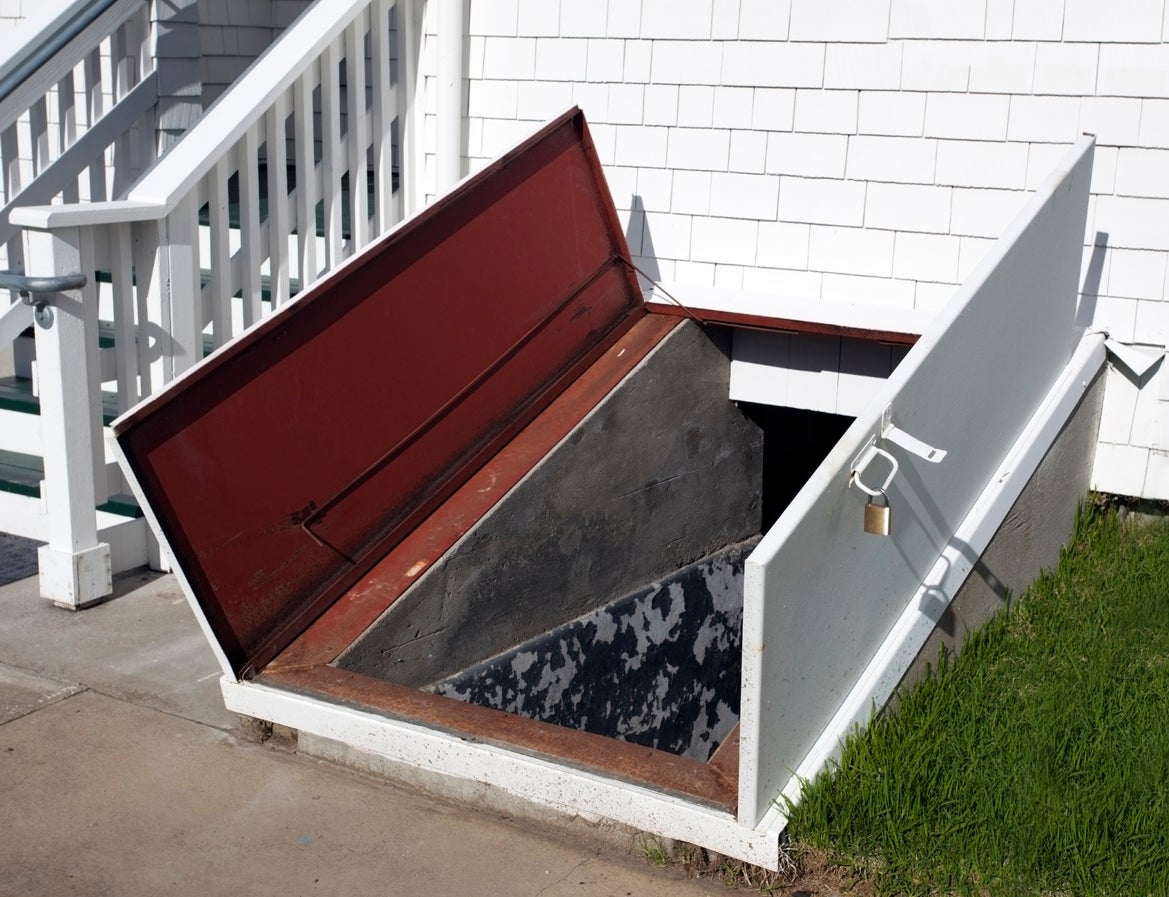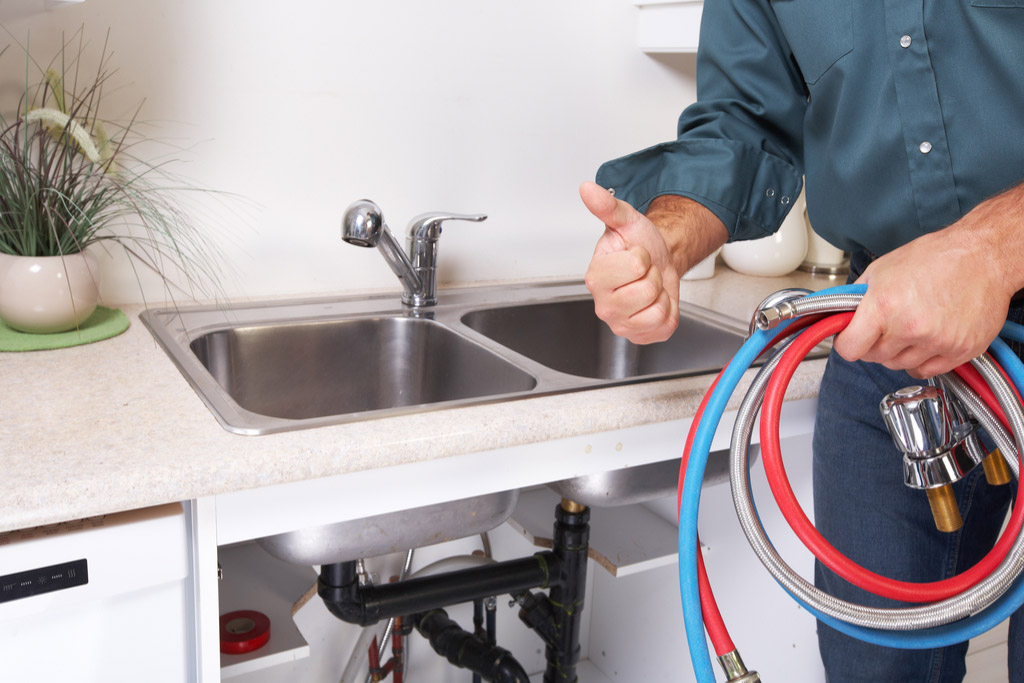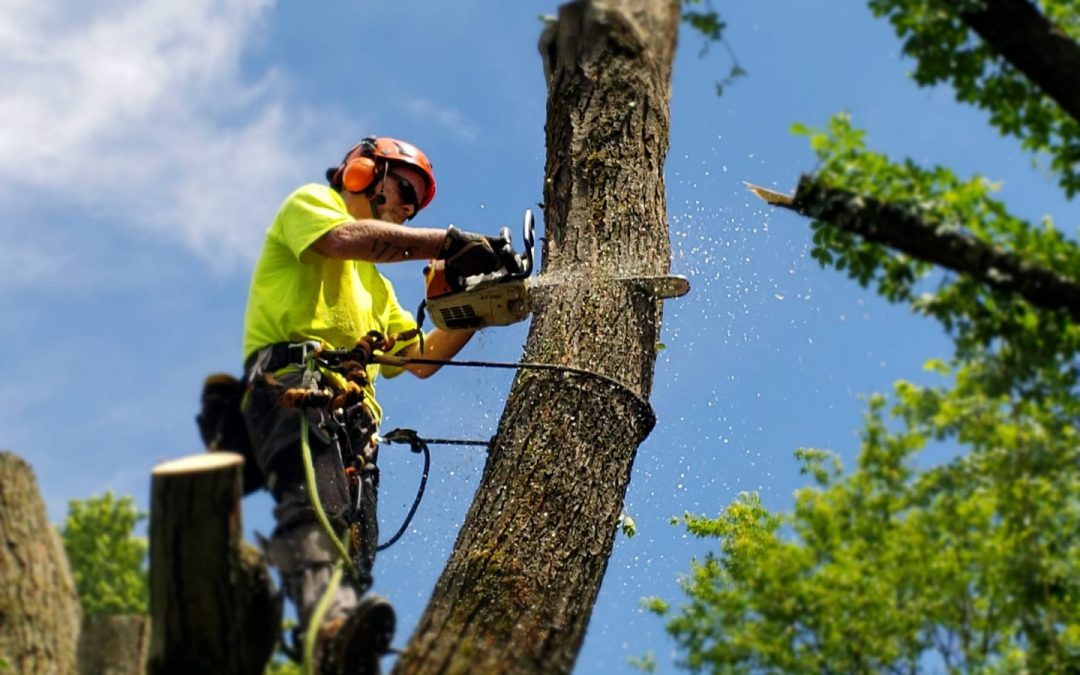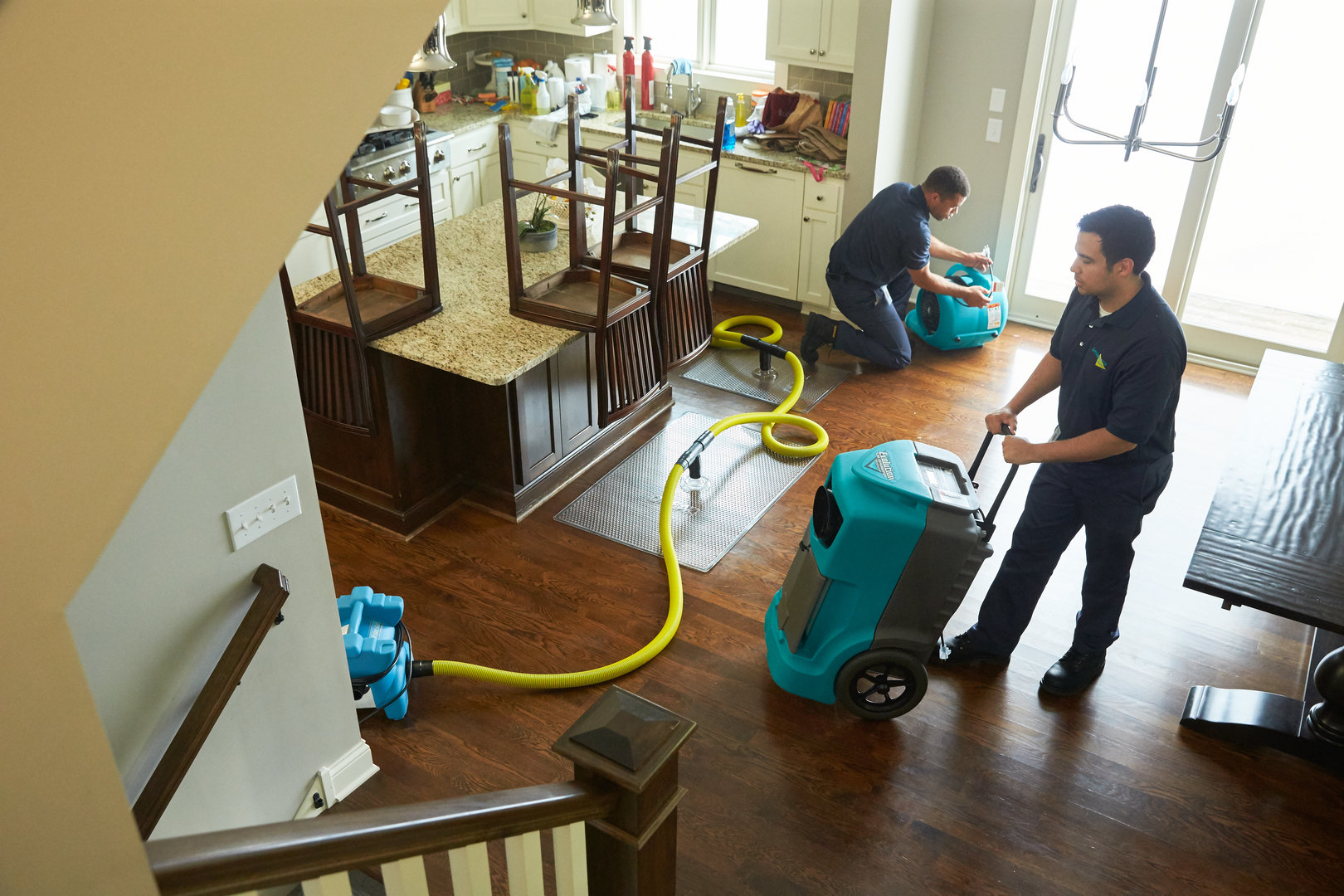Amid the shifting patterns of our planet’s climate, securing personal safety from increasingly unpredictable weather events has become an unavoidable necessity. In the United States, where tornadoes frequently threaten several regions, the role and importance of a tornado shelter stand paramount in ensuring safety. These shelters, specially designed and constructed to protect from the high-speed winds and deadly debris common in tornadoes, have increasingly become a significant part of homes in tornado-prone areas. They offer a refuge from the storm’s wrath and instill a sense of security and peace of mind in the face of potential disaster.
Unraveling the Nature of Tornadoes
Tornadoes, defined as rapidly rotating columns of air in contact with the Earth’s surface and a cumulonimbus cloud, pose significant threats across many areas in the United States. With their winds reaching speeds of up to 300 miles per hour, they can wreak substantial havoc in their wake, including damage to infrastructure and, in severe cases, loss of life.
The Essential Role of Tornado Shelters
In light of the destructive potential of tornadoes, safety becomes a key concern, particularly for individuals residing in regions where these weather phenomena are common. That is where a tornado shelter steps in. A tornado shelter is specifically designed and built to offer protection from the high-speed winds and flying debris associated with tornadoes, thereby significantly enhancing survival chances during such catastrophic events.
The Various Types of Tornado Shelters
When it comes to tornado shelters, one size doesn’t fit all. Many tornado shelter types exist, each with distinct features and benefits. For instance, underground shelters, or storm cellars, provide robust protection and are often installed in a separate outdoor area or beneath a home or garage. On the other hand, above-ground safe rooms constructed within the home provide an easily accessible refuge, making them particularly beneficial for individuals with mobility concerns.
Making the Right Tornado Shelter Choice
Choosing the right tornado shelter involves many considerations. Factors such as the home’s geographical location, the number of family members, budget, and specific personal needs all play integral roles in this decision-making process. The chosen shelter must meet the family’s needs and the potential severity of tornado events.
The Construction and Installation of Tornado Shelters
Building a tornado shelter involves an intricate blend of specialized knowledge and technical skill. Engaging professional services in constructing these shelters must be balanced. Professionals ensure the shelter’s construction adheres to strict building codes and safety standards, guaranteeing its effectiveness and durability.
Navigating Regulations and Guidelines
Adherence to federal and state regulations and guidelines is critical when installing a tornado shelter in the United States. Established by entities like the Federal Emergency Management Agency, these standards ensure that the constructed shelter upholds high safety measures, is durable, and effectively protects against tornadoes.
Conclusion
In conclusion, the presence of a tornado shelter within a home setting goes beyond serving as an architectural feature. It plays an essential role in disaster preparedness, providing peace of mind for homeowners residing in tornado-prone regions in the United States. Understanding tornadoes, acknowledging the importance of tornado shelters, and being informed on how to choose, install, and adhere to regulations, are all vital steps in enhancing personal safety and resilience against the ravages of tornado events.






